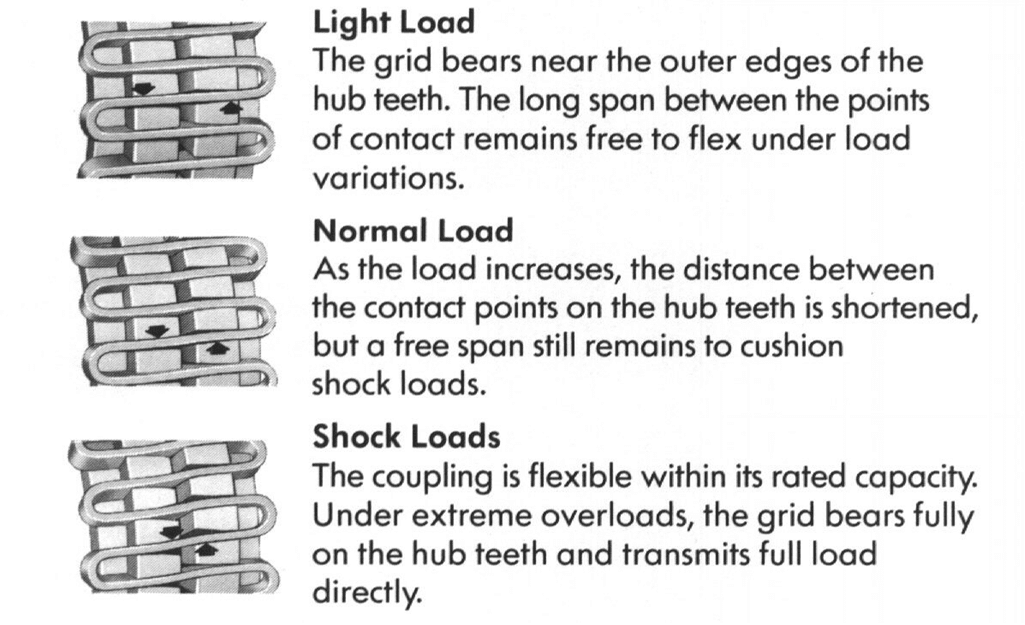Alibro
Well-Known Member
- Posts
- 7,449
- Location
- Northern Ireland
LOL, I've every faith in your machining Nodge.Unfortunately a Lovejoy coupling won't have the correct splines for the motor, but if they did, it would be my preference.
Better than a Lovejoy Ali?I'm not sure about that, I'm only a hobby machinist.

My welding on the other hand...............




